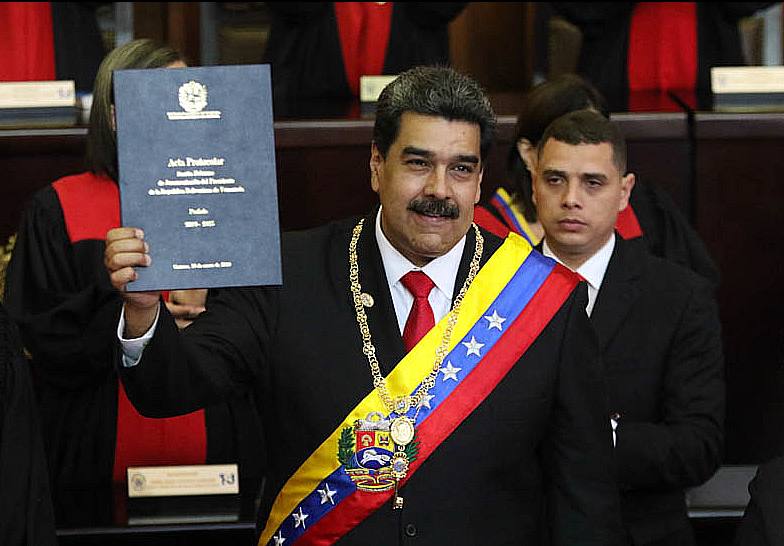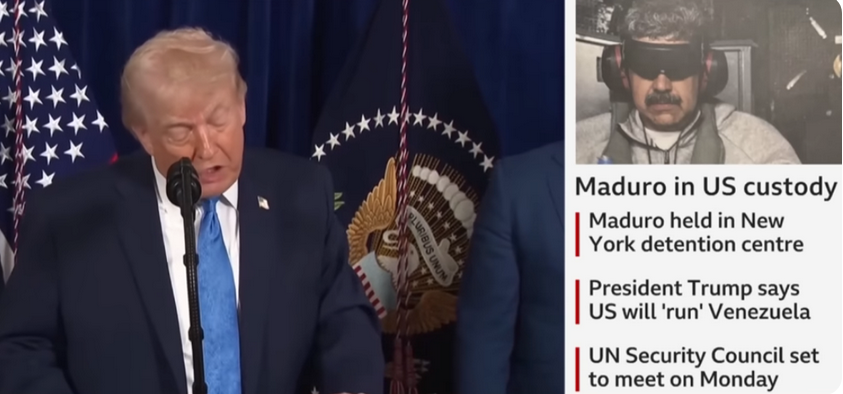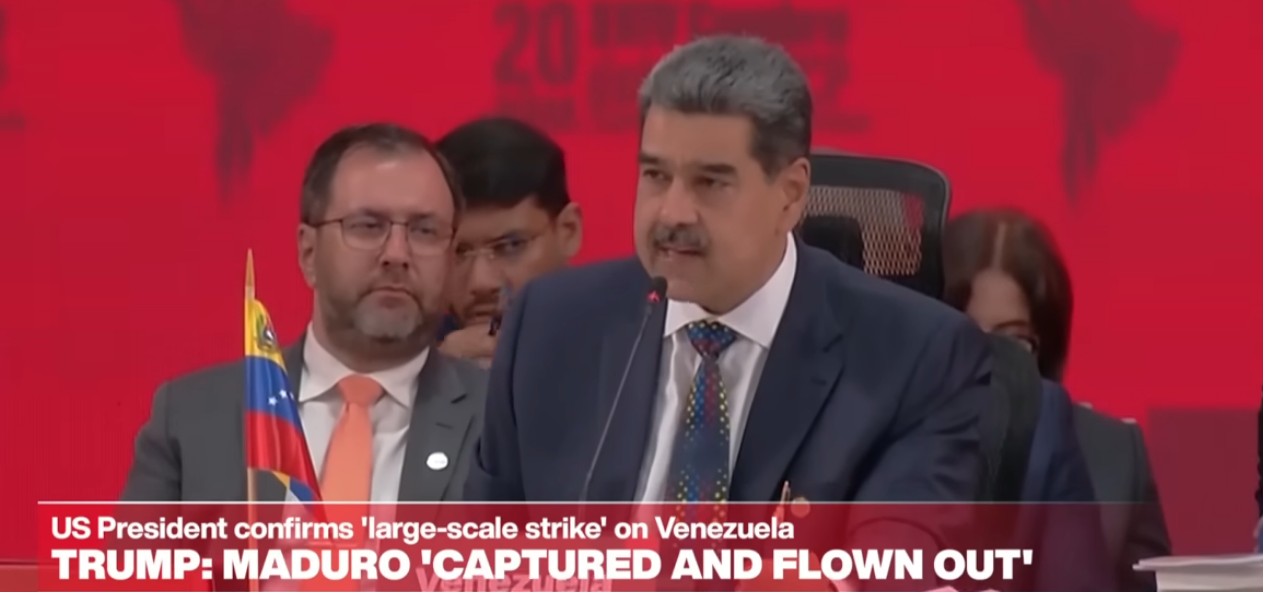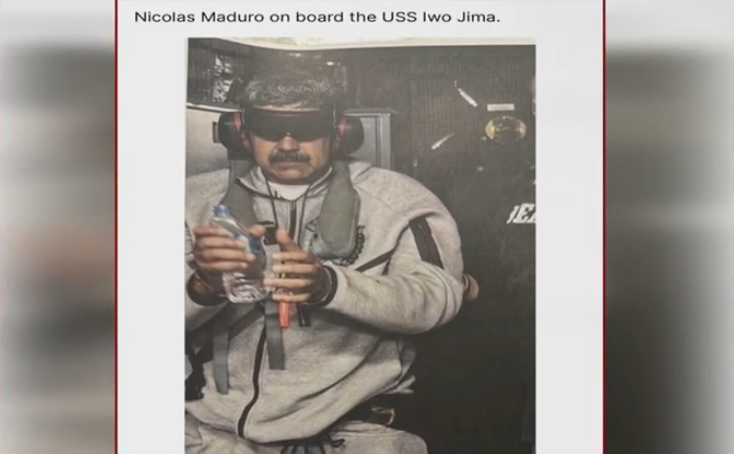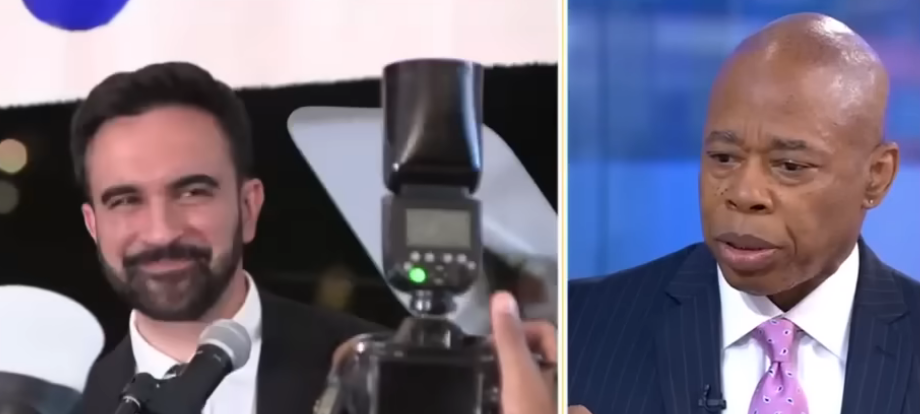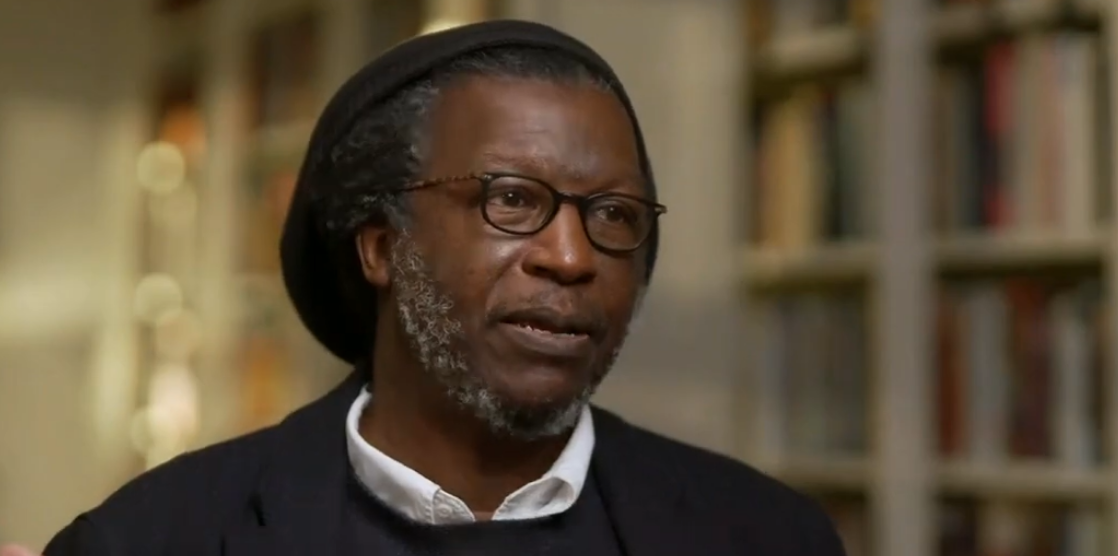[Public Advocate Williams\Gun Violence]
Williams: “Anecdotal evidence has suggested a work slowdown for several weeks now. The rumored slowdown implemented by some officers in retaliation for reforms, including those signed as recently as two days ago, is simply irresponsible.”
Photo: YouTube
Saturday, Brooklynites rally against recent spikes in gun violence amid alleged retaliation work slowdown by NYPD against police reforms.
Amid a sharp increase in shootings in New York City, Public Advocate Jumaane D. Williams is proposing a number of initiatives to both reduce instances of gun violence and address underlying systemic inequities in communities across New York City.
In a letter to Mayor Bill de Blasio, Commissioner Dermot Shea, and other city agency leaders, the Public Advocate called for CompStat data to be more efficiently shared between city agencies and anti-violence groups. Among other reforms, he also advocated for New York City to adopt an “Advance Peace” model, building on the successes of the Crisis Management System to prevent violence through credible messengers and community engagement. Amid his proposals, the Public Advocate stressed that both law enforcement and community organizations have a role to play in combatting violence, and that those misplacing blame for the violence on recent common sense policing reforms are having a destructive impact on progress.
The full letter is available below:
Dear Mayor de Blasio, NYPD Commissioner Shea and city agency leaders,
“I condemn all senseless violence. We all must. Any instance of senseless violence is too many, whether inflicted as civilian on civilian, officer on civilian or civilian on officer. Like most New Yorkers, I am particularly concerned with the recent rise in shootings across our City.
“The violence affects us all, and it is all of our responsibility to play a role in responding to and preventing it. This is not an area in which the police department is the only solution, and it cannot be treated as such. I encourage the Administration to further increase collaboration with stakeholders, including Crisis Management System partners and other local groups, to reduce these incidents. The reality is that even more agencies and organizations can and should be involved in their own capacities. There are clear steps we can take as a city, proposals we can enact, that will address both gun violence and the longstanding systemic issues that create an environment for such violence.
“As our city continues to recover from COVID-19, most issues – such as housing, food insecurities, unemployment and health care – have worsened in communities that have been disproportionately impacted by the pandemic. Given this reality, we all should have anticipated a worsening of gun violence, a public health crisis.
“Clearly, there are long term strategies that must be employed, many of which I’ve outlined in a recently retitled report on systemic inequities exposed during the COVID-19 pandemic.
“Here are three proposals that I believe in the short-term can help immediately:
1. Implement New ‘Community CompStat’ Model:
“I have long spoken out about issues with CompStat being used only by our police department. In addition, Commanding Officers have to regularly stand up and defend crime numbers solely based on the tools offered by NYPD. I have had discussions with many stakeholders, and a common concern is the lack of collaboration or data sharing in advance. Anti-violence groups need this information to better inform their work, and any delay in providing data as they occur, while likely unintentional, will inhibit their efforts to quell any conflict. All stakeholders, city-wide and on the local level, should meet regularly and have accountability for these numbers– particularly focusing on Gun Violence.
“With this information, I urgently request that the administration and NYPD’s approach to COMPSTAT immediately include:
- Administration-level: Integrate other relevant city agencies, including the Department of Health and Mental Hygiene, the Department of Social Services, who are charged with the health and safety of New Yorkers, in a review of this data. Charge these agencies with developing and executing agency-specific responses, in collaboration.
- Precinct-level: Invite local stakeholders from each precinct, including Crisis Management System (CMS) partners, and other non-profit organizations working in this space to review local data and collaborate with the Department (and other agencies) in a response.
“This can be piloted in the precincts currently experiencing the highest upticks in violence.
2. Implement New ‘Advance Peace’ Model:
“The City should increase the capacity and impact of the CMS by adding a model called “Advance Peace” to its functionality. This would create a deeper level of mentorship between our violence interrupters and young New Yorkers who are at-risk of engaging in gun violence, and create tangible opportunities and incentives for these young folks to develop personally and professionally. The Advance Peacemodel to reduce gun violence was first implemented in Richmond, California in 2010 and has since been replicated in the cities of Sacramento and Stockton. A peer-reviewed study of the implementation of Advance Peace in Sacramento demonstrates a 27% reduction in gun violence in the program’s catchment area over 2 years. Statistical analysis shows that this reduction was a direct causation, rather than a correlation. The study further demonstrates the efficacy of the program by documenting high levels of service referrals, conflict mediations, and gun violence interruptions.
Under the model:
- Field research and police data are used to identify individuals who are mostly likely to participate in or be victims of gun violence. Outreach is conducted and these individuals are given the opportunity to join the Peacemaker Fellowship.
- The fellowship connects participants to Neighborhood Change Agents who personally mentor the participants and work with them to develop personal and professional goals, such as getting a drivers’ license or a GED.
- When participants achieve goals set for them, they can receive a monetary stipend that can range between $300-$1000 per month. The fellowship lasts for 18 months and fellows can receive stipends in 9 of these months. In New York City, we can review and adjust the structure away from a strict semimonthly metric.
- Neighborhood Change Agents, who are often formerly incarcerated themselves, play a violence interrupter role similar to those employed by Cure Violence do in New York City– integrating themselves into the community and serving as credible messengers.
- In order to create program buy-in, there is no exchange of information between Neighborhood Change Agents and the Police.
“I know some will balk at giving money directly to individuals as incentive. I would counter that we have to reevaluate our thought process and why think certain ways. Why are we more comfortable spending billions on law enforcement and incarceral solutions but not a fraction of that on proven solutions? It is after all the same money.
3. Police Department Response:
“This one is simple. We ask that law enforcement do their job with equity, transparency and accountability.
“The NYPD has blamed these spikes on everything from defunding the police, bail reform, and recent legislation passed by the Council, including a codified chokehold ban and a reinforced right to record police activity. We need the Department to rely on objective data in all circumstances, not on political opinions regarding reasonable and recently adopted reforms. There is no objective truth to these claims.
“Any claim of damage incurred by ‘defunding’ the department is hyperbolic at best. At most, the NYPD saw around $400 million in real dollars cut from a total budget of more than $6 billion. The reality is that other agencies saw much more drastic cuts in this budget.
“Furthermore, the claims that new bail reform laws have contributed to the rise in violence this summer have been debunked by recent New York Post reporting which cites the NYPD’s own data as evidence.
“Regarding the new city legislation, of which the greatest concern has been around expansive language in the chokehold law, the suggestion of correlation is again a false narrative. The bills in question were signed into law and in effect only July 16th. To be clear, the department very rarely supports any reform bills put forth. To be even clearer, some of the loudest voices such as the unions never come to the table at all, they perform with dereliction of duty. The rhetoric when crime is low or spiking remains remarkably the same.
“Anecdotal evidence has suggested a work slowdown for several weeks now. The rumoured slowdown implemented by some officers in retaliation for reforms, including those signed as recently as two days ago, is simply irresponsible. There was an opportunity for discussion but as usual, that conversation was drowned out by the loudest voices in opposition, many of which refuse to come to the table for an honest discussion.
“Those who believe that law enforcement have no role to play in our public safety discussion are wrong. Those who believe law enforcement is the only role needed in public safety could not be further from reality.
“I encourage the Department to continue its work, including collaborations with all relevant partners. We must all come to the table to get this right. The victims of violence, their family and friends, are looking to us all for more than words. We have to get this right.
“I look forward to receiving your response. For further discussion, please contact First Deputy Public Advocate Nick E. Smith at [email protected]. Thank you very much for your time and consideration.”
Sincerely, Jumaane D. Williams Public Advocate for the City of New York

